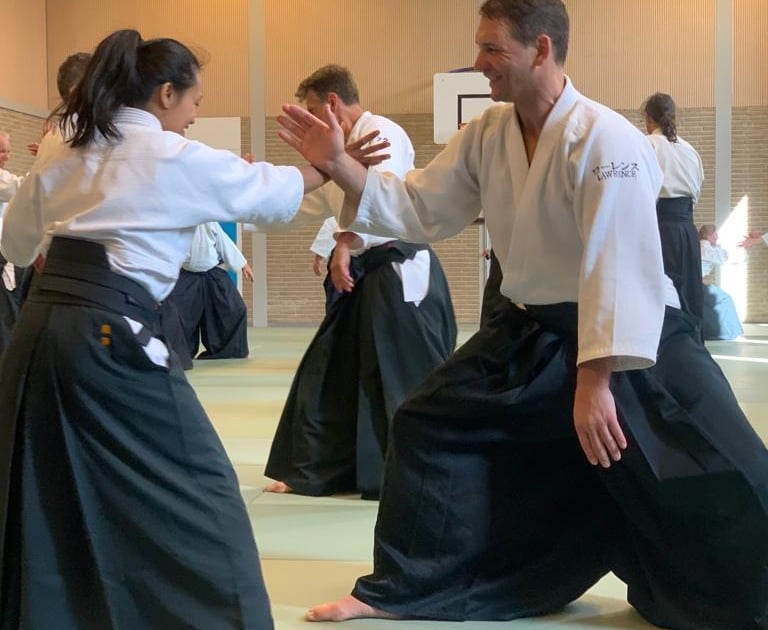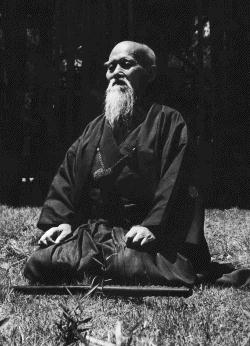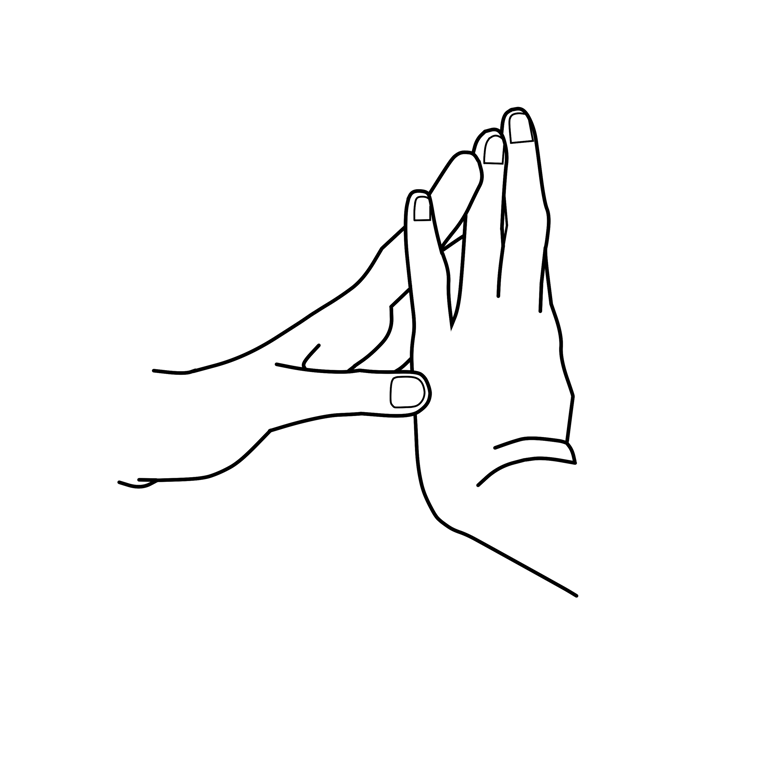
Aikido
You didn’t come this far to stop
We are working with ClassPass to give you the best possible Aikido beginners entry!
Join ClassPass now to get a free trial Aikido lesson


Aikido, a fascinating Japanese martial art, is often described as a path of harmony. Founded by Morihei Ueshiba in the early 20th century, Aikido integrates martial techniques with philosophies that emphasize peace and reconciliation. The word ‘Aikido’ translates to 'the way of harmony with the spirit,' which reflects its core principle: gaining victory over oneself rather than defeating an opponent.
The art of Aikido is built on flowing movements and techniques that redirect an attacker’s energy, allowing practitioners to neutralize aggression without causing harm. This non-violent approach makes Aikido not just a practical self-defense method but also a transformative discipline that fosters self-awareness, emotional resilience, and a sense of community.
In addition to martial prowess, Aikido provides numerous benefits that seep into daily life. Here are just a few ways in which practicing Aikido can enhance your everyday experience:
1. Stress Reduction: The meditative aspects of Aikido encourage mindfulness and presence, helping practitioners manage stress and anxiety more effectively.
2. Increased Confidence: As you master techniques and gain self-defense skills, your confidence grows both on and off the mat, enabling you to approach challenges with a more assured mindset.
3. Improved Physical Fitness: The dynamic movements enhance flexibility, balance, and overall physical fitness. Practicing Aikido promotes a healthy lifestyle without the strain often associated with more traditional workout routines.
4. Community and Relationships: Aikido dojos foster a strong sense of community, allowing practitioners to build friendships and support networks that can extend beyond the dojo walls.
At Shinyu Aikido, we are proud to offer classes led by Lawrence Warry Sensei, a 5th Dan Aikikai instructor with a wealth of knowledge and experience. Sensei Warry’s teaching approach not only emphasizes technique but also the philosophical and ethical elements of Aikido, enriching the learning experience for all students.
We welcome you to join us for training sessions held at different venues:
- Grote Pyr, Waldeckpyrmontkade 115, The Hague on Mondays from 18:00 to 19:00.
- Sportcentrum VU, Uilenstede 100, Amstelveen on Tuesdays from 18:30 to 19:30 and Saturdays from 11:00 - 12:00.
- Sporthallen Zuid, Burgerweeshuispad 54, 1076 EP Amsterdam, Amsterdam on Thursdays from 17:30 to 19:00. (NOTE: During the month of August we will be outside on the grass with weapons practice).
The membership fee for Shinyu Aikido is €180 every three months, which grants access to our regular training. We offer a free trial lesson for new students, allowing you to experience the benefits of Aikido first-hand without any initial commitment. Shinyu Aikido is affiliated with the national group, the CABN (Club Aikido Budo Nederland), and membership gives you the option to participate in national trainings and further seminars designed to deepen your practice and understanding of Aikido.
Whether you are seeking self-improvement, stress relief, or a new form of exercise, Aikido offers a journey of personal growth that extends far beyond the dojo. Join us to explore this beautiful art and discover its impact on your life. We look forward to welcoming you!


History of Aikido
Aikido, a modern Japanese martial art, was founded by Morihei Ueshiba in the early 20th century, drawing upon his extensive knowledge of traditional Japanese martial arts such as jujutsu and swordsmanship (kenjutsu). Ueshiba developed aikido as a means of self-defense that emphasized harmony and non-violence, seeking to neutralize an opponent's aggression through fluid movements and joint locks, rather than relying on brute strength. After World War II, aikido gained prominence as it was introduced to the West, where its philosophical underpinnings, emphasizing peace and reconciliation, resonated with a post-war audience. The establishment of aikido organizations and dojos across Japan further spurred its growth throughout the 20th century, leading to the refinement of various styles and the creation of a global community of practitioners who embraced Ueshiba's vision of harmony and unity in martial practice. The art continued to evolve, incorporating various influences while maintaining its core principles, ensuring its survival and relevance in contemporary martial arts culture.


Address
George Gershwinplein 1, 1082MT, Amsterdam, NL
Contact
+31 618144004
info@shinyuembody.org
Shinyu Enhancing Life Through Leadership Practices and Aikido.
